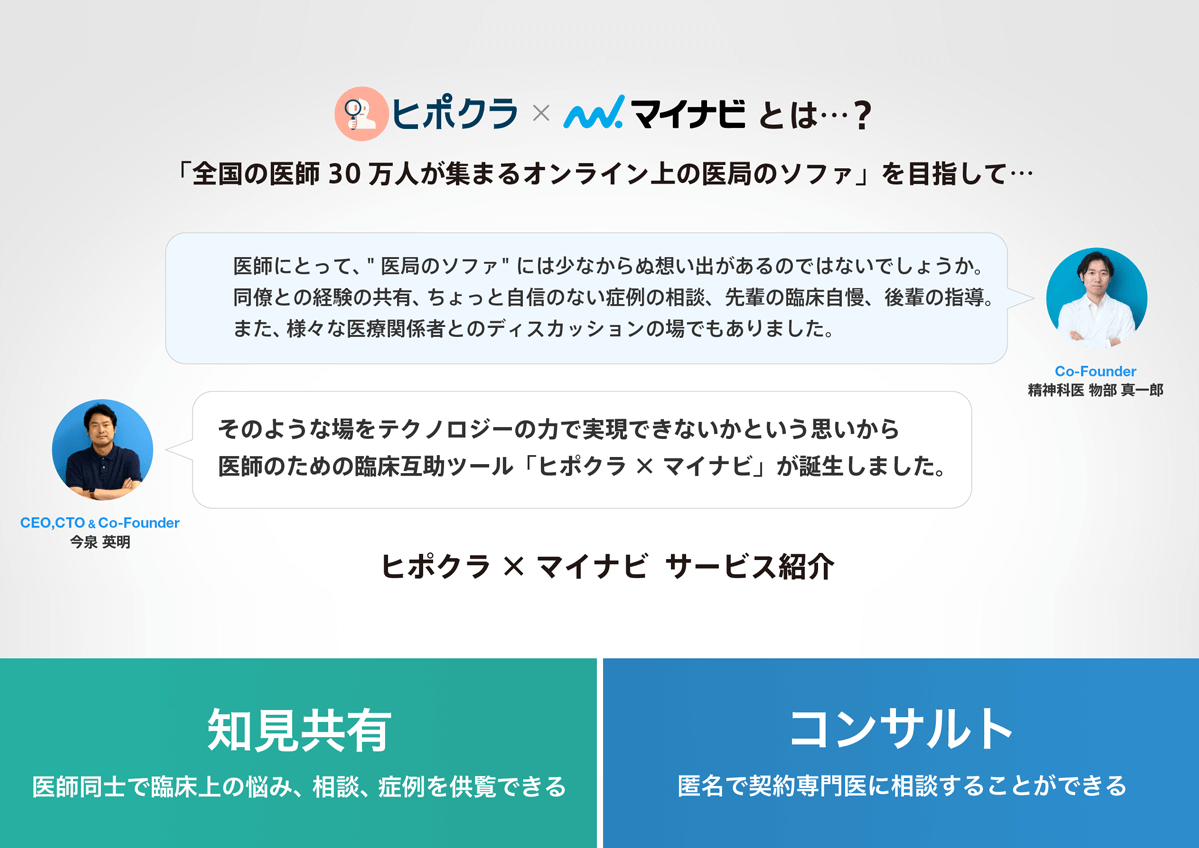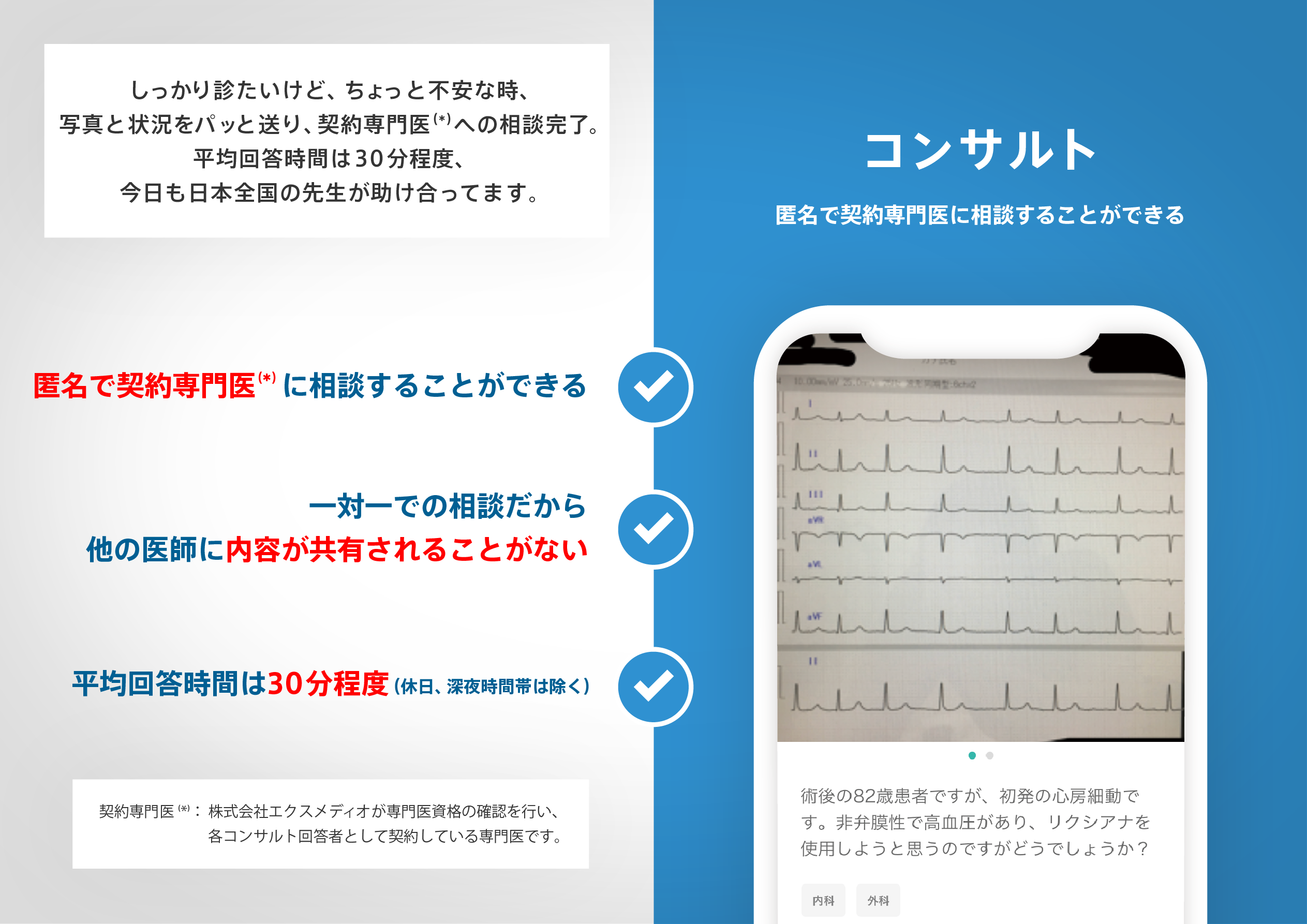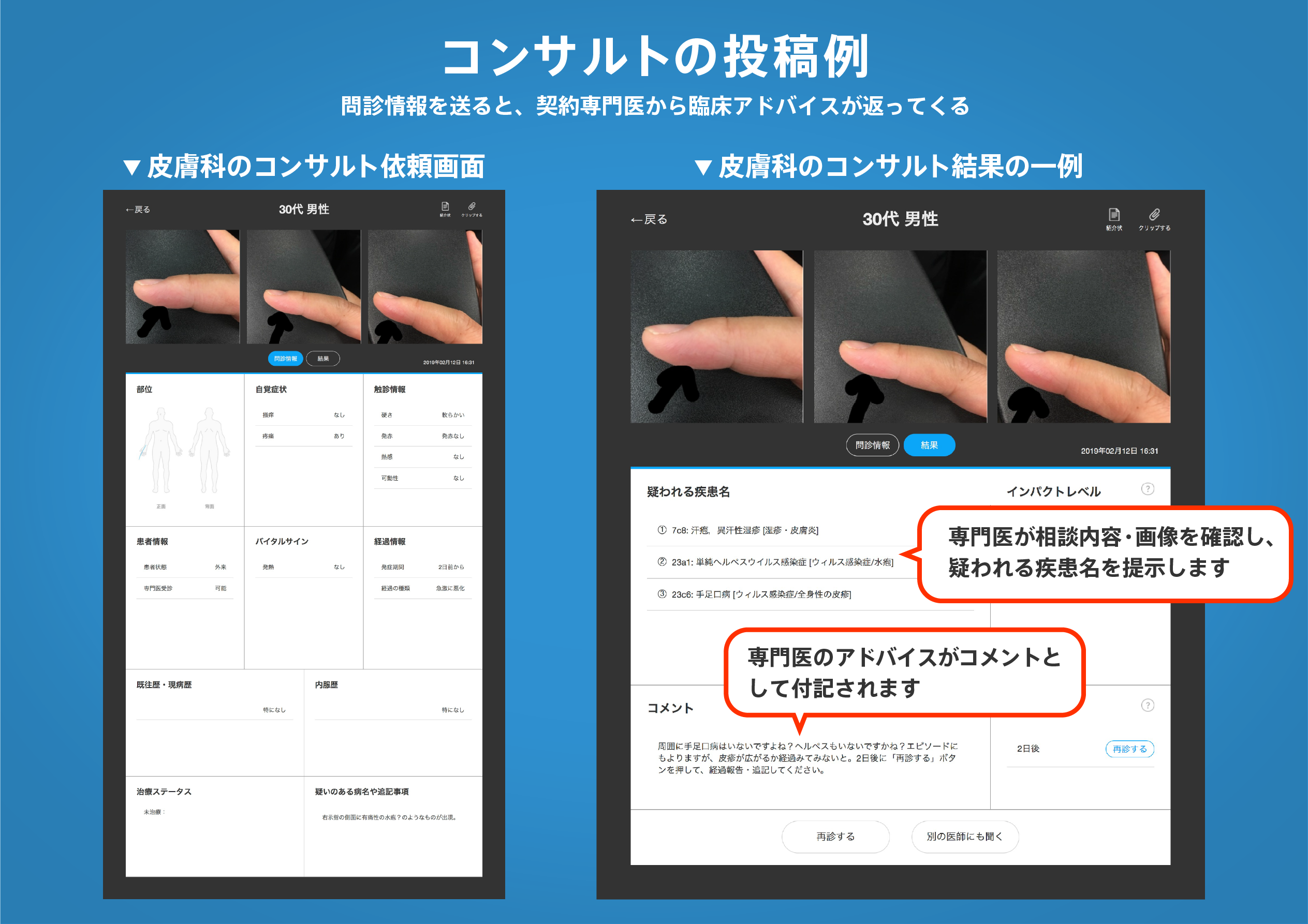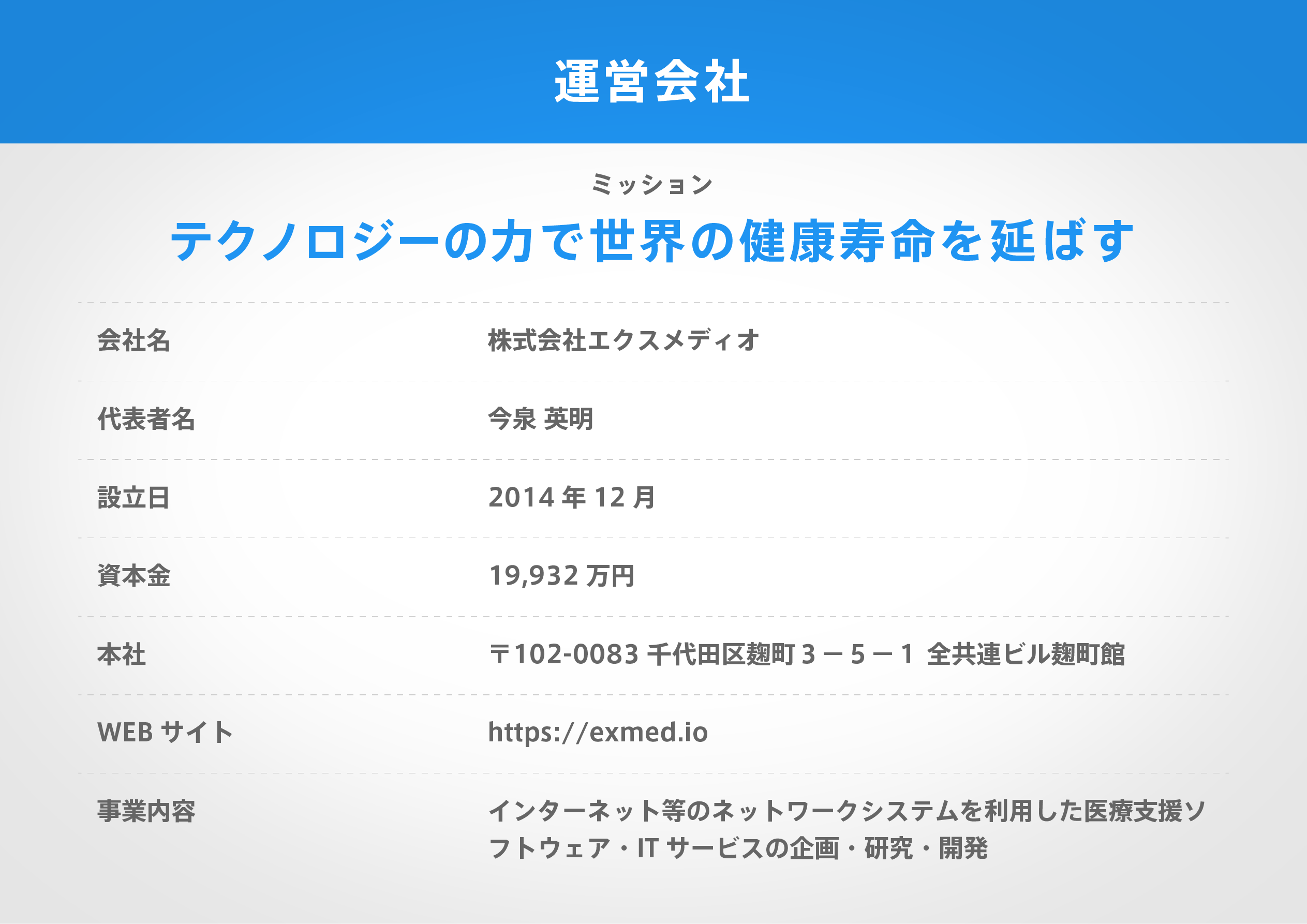著名医師による解説が無料で読めます
すると翻訳の精度が向上します
背景:オピオイドは、高齢者の痛みを軽減するために頻繁に処方されますが、処方オピオイドと長期認知機能の関係は不明です。 方法:メイヨークリニックの老化に関するこの分析では、15か月ごとに実施された正式な神経心理学的検査と認知評価を受けた高齢者の縦断的集団ベースのコホート研究であるこの分析では、処方オピオイド、グローバルおよびドメイン固有の認知機能、および軽度の認知障害は、時間依存の線形混合効果とCox比例ハザードモデルを通じて評価されました。 結果:2004年11月1日から2019年4月1日、76歳(四分位範囲72、82)の年齢の中央値(男性51%)が登録に含まれていました。777人の被験者(71%)は、7.5(5.0、10.7)年の追跡期間中に少なくとも1つのオピオイド処方を受けました。全体として、メモリが0.050、言語が0.080、視覚空間認知が0.044、注意が0.112の減少を含む、年間グローバルな認知Zスコアの推定0.096減少がありました。多変数分析では、オピオイド処方を受信するたびに、さらに-0.007(95%CI -0.009、-0.005)のグローバル認知Zスコアの変化(P <0.001)が変化し、メモリのドメインに有意な効果が見られます( - 0.005、95%CI -0.007、-0.003; P <0.001)、言語(-0.002、95%CI -0.003、0.000; P = 0.024)および注意(-0.004、95%CI -0.006、-0.002; P <<<<0.001)しかし、視覚空間関数ではありません(0.000、95%CI -0.001、0.001; P = 0.897)。オピオイド処方は、調整済み分析で入射した軽度認知障害(MCI)と関連していた(ハザード比1.21、95%CI 1.04、1.42; P = 0.014)。 結論:処方オピオイドは、オピオイドまたは他の関連因子の効果を表す可能性のある高齢者の長期認知機能の小規模だが統計的に有意な低下に関連しています。
背景:オピオイドは、高齢者の痛みを軽減するために頻繁に処方されますが、処方オピオイドと長期認知機能の関係は不明です。 方法:メイヨークリニックの老化に関するこの分析では、15か月ごとに実施された正式な神経心理学的検査と認知評価を受けた高齢者の縦断的集団ベースのコホート研究であるこの分析では、処方オピオイド、グローバルおよびドメイン固有の認知機能、および軽度の認知障害は、時間依存の線形混合効果とCox比例ハザードモデルを通じて評価されました。 結果:2004年11月1日から2019年4月1日、76歳(四分位範囲72、82)の年齢の中央値(男性51%)が登録に含まれていました。777人の被験者(71%)は、7.5(5.0、10.7)年の追跡期間中に少なくとも1つのオピオイド処方を受けました。全体として、メモリが0.050、言語が0.080、視覚空間認知が0.044、注意が0.112の減少を含む、年間グローバルな認知Zスコアの推定0.096減少がありました。多変数分析では、オピオイド処方を受信するたびに、さらに-0.007(95%CI -0.009、-0.005)のグローバル認知Zスコアの変化(P <0.001)が変化し、メモリのドメインに有意な効果が見られます( - 0.005、95%CI -0.007、-0.003; P <0.001)、言語(-0.002、95%CI -0.003、0.000; P = 0.024)および注意(-0.004、95%CI -0.006、-0.002; P <<<<0.001)しかし、視覚空間関数ではありません(0.000、95%CI -0.001、0.001; P = 0.897)。オピオイド処方は、調整済み分析で入射した軽度認知障害(MCI)と関連していた(ハザード比1.21、95%CI 1.04、1.42; P = 0.014)。 結論:処方オピオイドは、オピオイドまたは他の関連因子の効果を表す可能性のある高齢者の長期認知機能の小規模だが統計的に有意な低下に関連しています。
BACKGROUND: Opioids are frequently prescribed to alleviate pain in older adults, yet the relationships between prescription opioids and long-term cognitive function are unclear. METHODS: In this analysis of the Mayo Clinic Study of Aging, a longitudinal population-based cohort study of older adults with formal neuropsychological testing and cognitive evaluations performed every 15 months, the associations between prescription opioids, global and domain-specific cognitive function, and mild cognitive impairment were evaluated through time-dependent linear mixed effects and Cox proportional hazards models. RESULTS: Four thousand two hundred eighteen participants (51% male) were included with enrollment between 11/1/2004 and 4/1/2019 and median age of 76 (interquartile range 72, 82) years. Two thousand nine hundred seventy-seven subjects (71%) received at least 1 opioid prescription during a median follow-up of 7.5 (5.0, 10.7) years. Overall, there was an estimated 0.096 reduction in the global cognitive Z-score per year, including decreases of 0.050 in memory, 0.080 in language, 0.044 in visual-spatial cognition, and 0.112 in attention. In multivariable analyses, each receipt of an opioid prescription resulted in an additional -0.007 (95% CI -0.009, -0.005) change in global cognitive Z-score (p < 0.001), with significant effects seen in the domains of memory (-0.005, 95% CI -0.007, -0.003; p < 0.001), language (-0.002, 95% CI -0.003, 0.000; p = 0.024) and attention (-0.004, 95% CI -0.006, -0.002; p < 0.001) but not visual-spatial function (0.000, 95% CI -0.001, 0.001; p = 0.897). Opioid prescriptions were associated with incident mild cognitive impairment (MCI) in adjusted analysis (hazard ratio 1.21, 95% CI 1.04, 1.42; p = 0.014). CONCLUSION: Prescription opioids are associated with small but statistically significant declines in long-term cognitive function in older adults, which may represent effects of opioids or other related factors.
医師のための臨床サポートサービス
ヒポクラ x マイナビのご紹介
無料会員登録していただくと、さらに便利で効率的な検索が可能になります。






